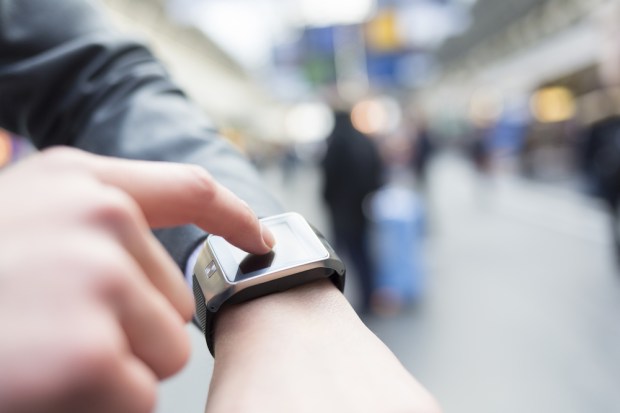Visa Powering Payments on New Garmin Wearable Aims to Stop ‘Sweaty Money’

Keeping up with the wearables/payments/fitness players is a workout in and of itself.
Add Garmin to the mix with a new device, the vivoactive3. Visa said that it is enabling payments on the smartwatch, thus allowing tap and pay functionality, similar to other devices out in the market from the likes of Samsung and Fitbit.
In a release Thursday, the company said the device is the first wearable from Garmin that features Garmin Pay. Garmin Pay, in turn, is an early entrant as an NFC-based product that leverages the Visa Ready for Tokenization program (and Visa’s own tokenization program), and uses Fit Pay as token service provider.
In a statement, Jim McCarthy, executive vice president of innovation and strategic partnerships at Visa, said “the idea of wearing your wallet on your wrist is not only desired by consumers, but with Visa and Garmin it will be both convenient and secure. Partners like Fit Pay Inc. are helping us accelerate the growth of IoT by bringing payment-based features to market on devices like Garmin’s – with greater ease and speed-to-market.” The company said in the same release that Visa account holders will be able to initiate payments upon Garmin Pay’s wider availability.
As noted in The Verge, the Garmin Connect app helps manage users’ card accounts and payments are protected by passcodes. Once a passcode is entered, the Verge reported, the device will stay in “active” payment mode for the next 24 hours.
Visa offered up some supporting evidence for the increasingly crowded intersection of payments, exercise and wearables.
The payments technology company said in its release that through its “Sweaty Money Survey” on-the-go enthusiasts stashing cash do so in locations that might be a bit … pungent. Consider these cash storage avenues deployed by 57 percent of respondents, who said that “unconventional” places are the norm: socks and even underwear.
Of the 1,000 adults surveyed across the U.S., 60 percent said they’d be interested in using a wearable technology to pay for items during workout times. And 49 percent said they’d had experiences where they wanted to pay for items either before or after a workout but did not have the ability to do so. And a whopping 57 percent of those surveyed said they bring no payment forms with them (cards or otherwise) because they fret about loss, or just where to put cash or cards.
